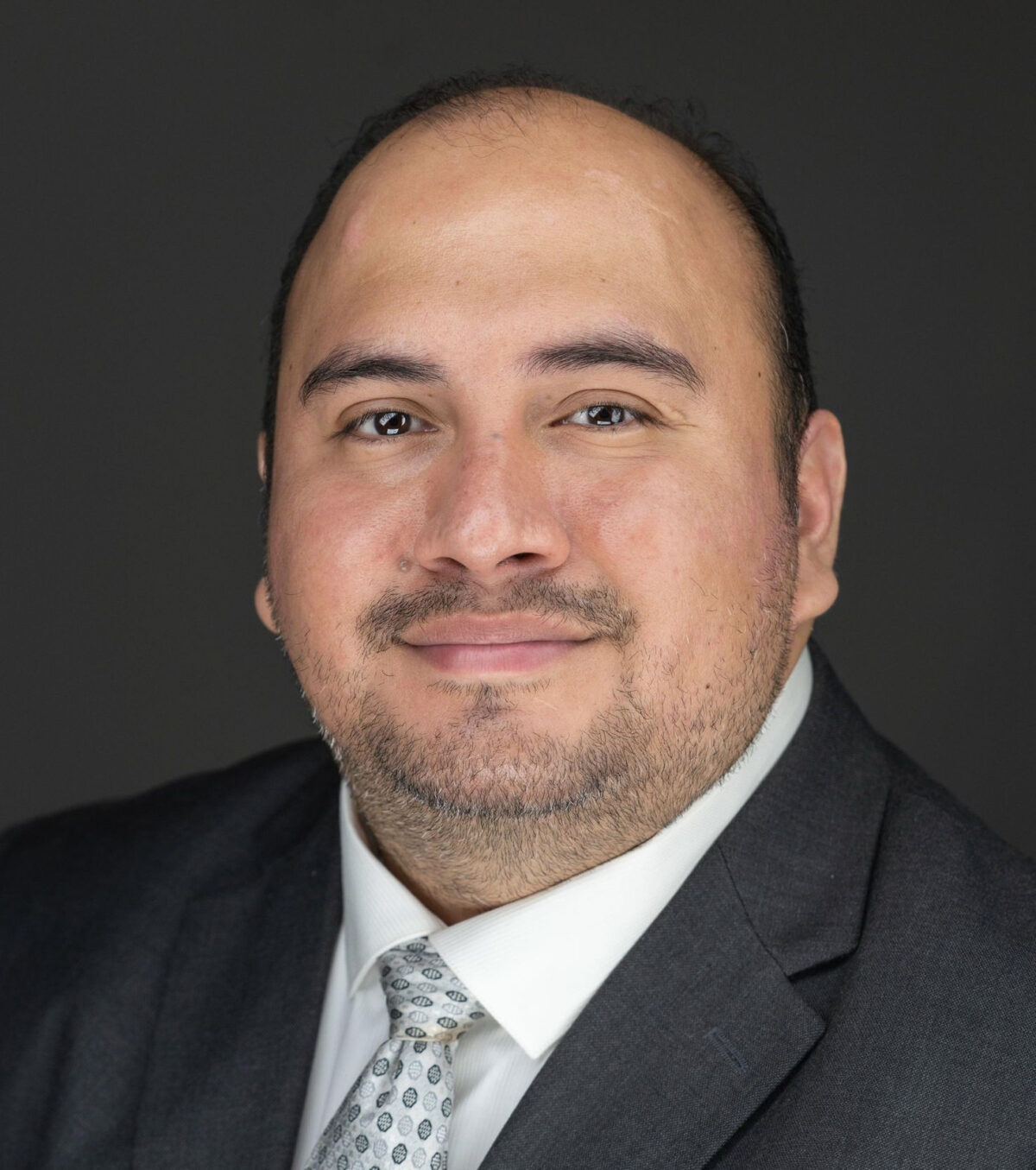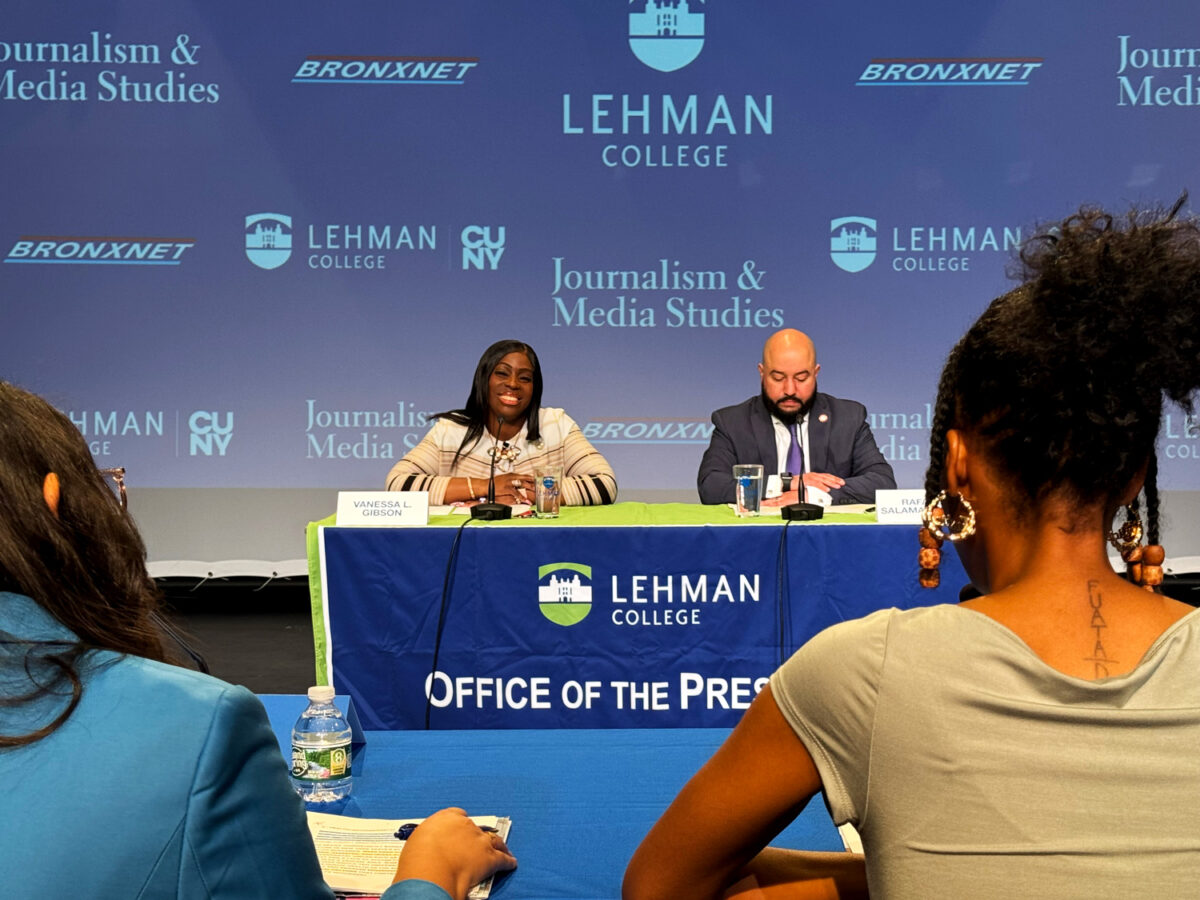Aerial view of Rikers Island (USGS)
By Christopher Figueroa
An increase in violence at Rikers Island Correctional Facility over the last decade has sparked a wave of initiatives and reforms by the de Blasio administration. In March 2015, the mayor unveiled a 14-point plan including steps to reduce weapons smuggled into the facility and to increase the security camera coverage.
Bronxite Tim, who prefers not to give his last name, spent April-May 2015 in Rikers on a charge of second degree burglary. Tim, 23, says that, in his experience, the jail still has much to improve. “In Rikers facility you are known as a number,” he says. “The food was being fought over, the phone was being fought over. Even the correctional officers lay their hands on you.” Tim says he tried to avoid trouble by staying to himself, which sometimes proved challenging.. “I would have inmates ask me if I was a gangbanger,” he says. “Everything was a fight, everything.”
According to the mayor’s office, inmate-on-inmate violence represents 71 percent of all violent incidents for 2014. Rikers Island, located in the East River across from La Guardia Airport, is sectioned off into 10 faculties for women, men, adolescents and transgender individuals. It houses an average 14,000 inmates daily from all five boroughs.
The environment can be particularly hard on adolescent inmates, according to a Department of Justice Department (DOJ) report. The DOJ concluded in an 2014 investigation that adolescent inmates were not adequately protected from serious physical harm from both other inmates and the Department of Corrections (DOC) staff.
“We find that a deep-seated culture of violence is pervasive throughout the adolescent facilities at Rikers, and DOC staff routinely utilize force not as a last resort, but instead as a means to control the adolescent population and punish disorderly or disrespectful behavior,” the DOJ stated in its 2014 report summary.
The DOJ said that headshots, which refer to physical blow to an inmate’s head or facial area, are common practice this despite the fact that guidelines limit their usage. “Headshots are considered an excessive and unnecessary use of force, except in the rare circumstances where an officer or some other individual is at imminent risk of serious bodily harm,” says the DOC’s Use of Force Directive.
Correctional officers have used extreme force in areas without cameras and filed false reports of incidents where extreme violence was used, concluded the DOJ. Officers claimed the inmate attacked for “no reason,” “out of nowhere,” “spontaneously,” or “without provocation” yet then the officer has no reported injuries.
After much public outcry, Mayor Bill de Blasio has made improving the quality of life on Rikers Island a priority and called it his “moral obligation.” He proposed a $15.1 million plan to triple the number of surveillance camera because much of the violence happens in area with no surveillance. The city has also pledged to spend $32 million on educating officers to deal with the needs of the mentally ill and plans to spend over $130 million over the next four years in extending health services.
While public sympathy does not always run high for those accused of a crime, about 85 percent of inmates at Rikers Island have yet to be convicted. Many can not afford bail and are awaiting trial, thus increasing the chance that someone innocent of all crime could be exposed to violent conditions.








No comments